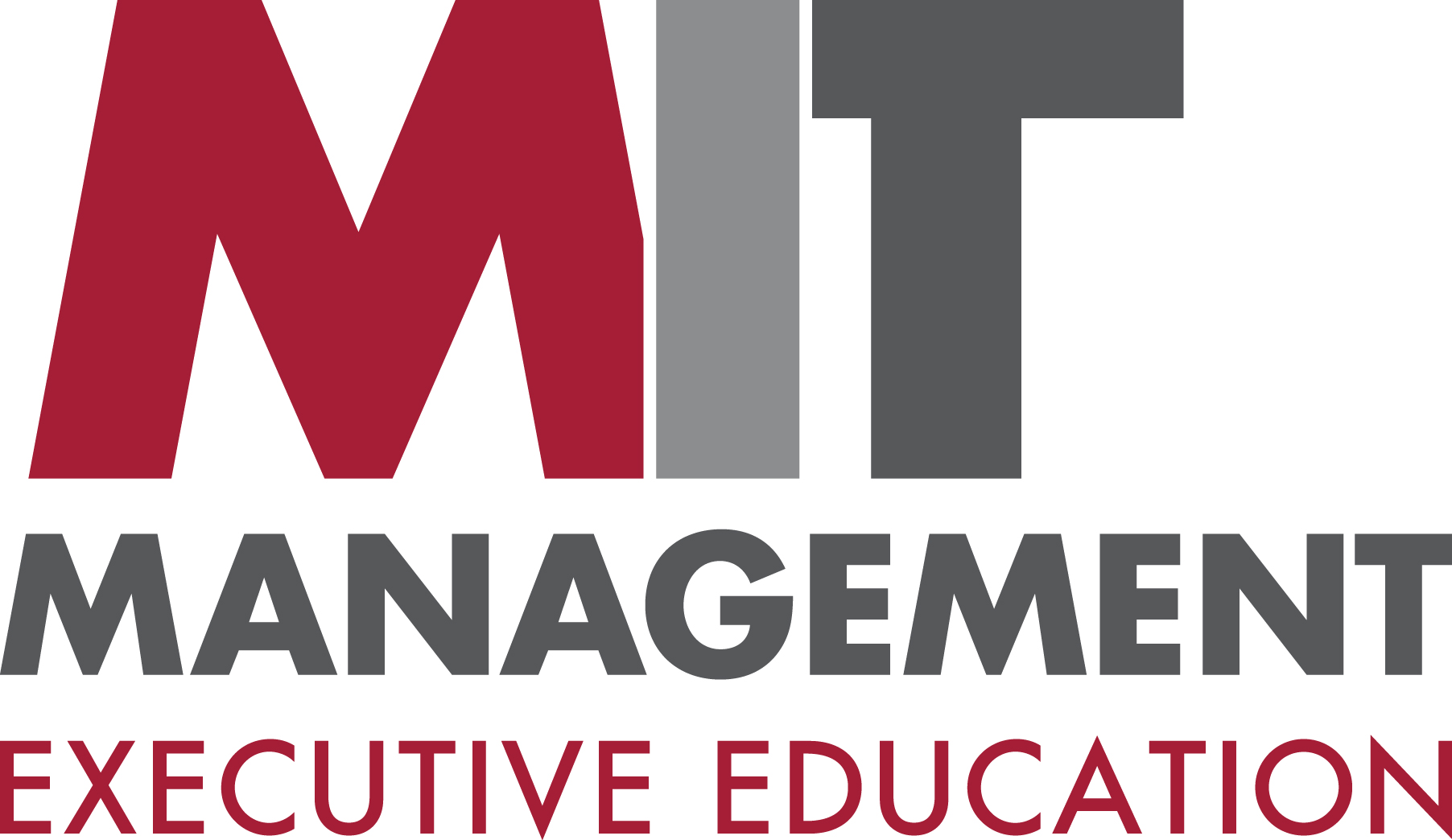- Strategy
Find the Right Digital Business Model
MIT experts pose six questions to help build the next-generation enterprise
From Amazon to Uber, the disruption to the status quo caused by the early movers of the digital age has been profound. But it hasn’t stopped there, digitization offers the opportunity for new and existing enterprises in every sector to re-think, revitalise, or create new business models.
A characteristic of many pioneers of the digital era was that they existed for several years without making a profit at all. This is not an option for the many incumbent businesses, committed to their customer bases, shareholders and employees. For them the risk of getting it wrong may be existential – but the greater risk will be in not attempting to find a digital business model at all and being outmanoeuvred by more agile competitors.
To stay relevant, businesses today have to weigh up the potential digital threats and opportunities, consider how to operate in the new world of AI and machine learning, and ensure they have the right capabilities and crucially the right leadership to advance new business models. They also need to establish an organizational culture able to continually adapt to find competitive advantage in the fast-changing digital economy.

Meeting these demands is a business imperative – but it can be daunting for many. In their new book, What’s Your Digital Business Model: Six Questions to Build the Next Generation Enterprise, Peter Weil and Stephanie Woerner, experts from MIT Sloan, offer a concise and positive guide to navigating the digitization process. A process they say is not about technology but about change and “not a matter of if, but a question of when and how.”
The framework they propose, based on in depth research into fifty companies and surveys of a further thousand, aims to provide leaders with a common language to help them assess where they currently stand in the digital world, what threats they face, where they need to go in order to thrive, and what practices and capabilities they need to develop to get there.
……………………………………………………………………………………………………........
Dates: September 24-25 │ Format: In-class study │ Location: Cambridge, MA
…………………………………………………………………………………………………….......
Weill and Woerner explain how our new digital capability is having two critical effects on traditional business models. First it is moving them away from controlled value chains to more open and complex networks and ecosystems, and secondly the relationship with customers, due to the collection of more precise data, has become closer and better.
Based on this understanding, the authors suggest a framework where four separate types of business model – from more value chain orientated to more ecosystem orientated – each create a quadrant in which companies need to determine where they currently operate. And from which they can decide which digital business model will be most likely to succeed.
Six chapters at the core of the book then provide a practical approach to answering six key questions leaders have to consider before using this business model framework: What is the digital treat and opportunity? Which digital business model is best for your future? What is your digital competitive advantage? How will you connect using mobile and the internet of things? Do you have the crucial capabilities to reinvent the enterprise? And, do you have the leadership to make your transformation happen?
Monitoring the digital transformation progress of numerous organizations has given the authors a unique insight into what works and how. And the advice they share here will help leaders in many companies create sustainable value for all of their stakeholders in the digital future.
‘What’s Your Digital Business Model: Six Questions to Build the Next Generation Enterprise’ by Peter Weil Weill and Stephanie Woerner, published by Harvard Business Review Press, ISBN: 978-1-63369-270-1
MIT Sloan is uniquely positioned at the intersection of technology and business practice, and participants in our programs gain access to MIT’s distinctive blend of intellectual capital and practical, hands-on learning.
ARTICLES YOU MIGHT LIKE
BOOK REVIEW
A provocative new book reveals the downside of strategic and organizational change and the benefits of stability
DEVELOPING LEADERS QUARTERLY MAGAZINE AND WEEKLY BRIEFING EMAILS


































